A broken tooth can happen to anyone, and it’s often unexpected—a bite into something hard, an accidental fall, or even grinding your teeth at night can lead to this dental emergency. While the severity of a broken tooth can range from minor chips to a complete fracture, it raises a critical question: Should you see a dentist immediately? This article provides an in-depth analysis of the causes, types, symptoms, risks, and treatment options for a broken tooth, emphasizing the importance of timely dental care.
1. Understanding Tooth Anatomy and Its Vulnerabilities
To appreciate the implications of a broken tooth, it’s essential to understand the structure of teeth. Each tooth has three main layers:
1. Enamel: The outermost layer, hard and durable, protects against daily wear and tear.
2. Dentin: Beneath the enamel, it is softer and more vulnerable to damage.
3. Pulp: The innermost layer contains nerves and blood vessels, making it highly sensitive.
A broken tooth can compromise one or more of these layers, with deeper fractures posing a higher risk of infection and pain.
2. Common Causes of a Broken Tooth
Several factors can contribute to a tooth breaking:
2.1. Physical Trauma
• Accidents, such as falls or sports injuries, can cause significant damage.
• Biting into hard objects like ice, bones, or candies is a common trigger.
2.2. Weakened Tooth Structure
• Cavities weaken the enamel, making it more prone to breaking.
• Large dental fillings may leave the remaining tooth structure fragile.
2.3. Bruxism (Teeth Grinding)
• Habitual grinding or clenching exerts excessive pressure on teeth, leading to fractures over time.
2.4. Sudden Temperature Changes
• Eating something extremely hot and then consuming cold items can cause micro-cracks due to thermal stress.
3. Types of Broken Teeth
Understanding the type of fracture is crucial in determining the urgency of dental care. Here are the common types:
3.1. Minor Chips
• A small piece of enamel breaks off.
• Usually painless but may cause rough edges.
3.2. Cracked Tooth
• A crack runs through the tooth, potentially affecting the dentin and pulp.
• Symptoms include sensitivity to temperature and pressure.
3.3. Fractured Cusp
• Occurs around a dental filling or crown.
• Typically painless if it doesn’t reach the pulp.
3.4. Split Tooth
• A severe crack that divides the tooth into two segments.
• Often requires extraction.
3.5. Root Fracture
• The crack begins below the gum line, making it challenging to detect.
• These are serious and often lead to tooth loss.
4. Signs and Symptoms of a Broken Tooth
Depending on the type and severity of the fracture, symptoms may vary:
• Pain: Sharp or throbbing pain, especially when chewing.
• Sensitivity: Discomfort when exposed to hot, cold, or sweet foods.
• Rough Edges: Jagged parts of the tooth can irritate the tongue and cheeks.
• Swelling: Infection in the pulp may cause swelling in the gums or face.
• Bleeding: A deeper break may lead to bleeding from the gum.
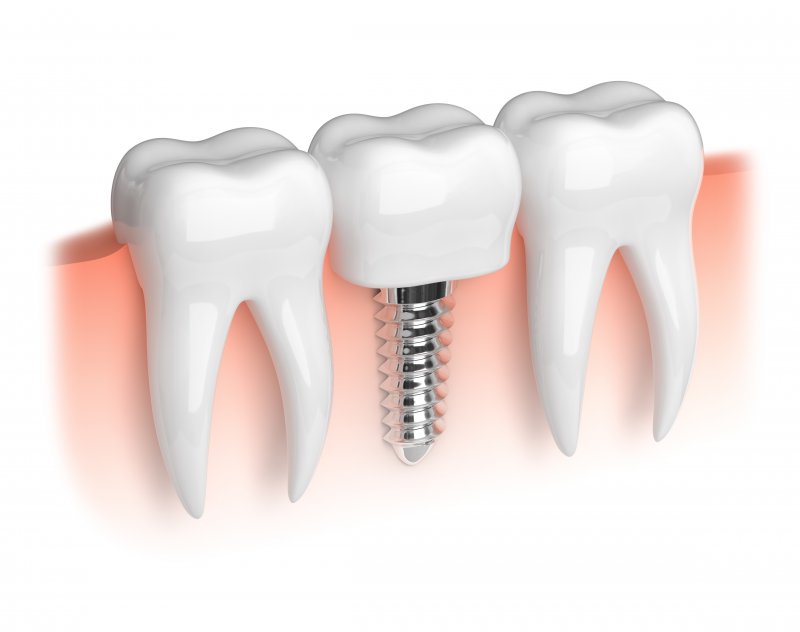
5. Immediate Steps to Take After a Tooth Breaks
If you break a tooth, acting quickly can minimize damage and ease discomfort:
5.1. Rinse Your Mouth
• Use warm water to clean the area and remove debris.
5.2. Manage Pain
• Over-the-counter painkillers like ibuprofen can reduce discomfort.
• Apply a cold compress to the outside of your face to reduce swelling.
5.3. Protect the Tooth
• If the tooth is jagged, cover it with dental wax or sugarless gum to prevent further injury.
• Avoid chewing on the affected side.
5.4. Preserve Broken Pieces
• If a piece of your tooth has fallen out, keep it in milk or saline solution and bring it to the dentist.
6. Should You See a Dentist Immediately?
The short answer is yes, especially in the following situations:
6.1. Deep Cracks or Fractures
• Exposing the pulp can lead to infection and abscess formation.
6.2. Severe Pain
• Persistent pain is often a sign of nerve involvement, which requires prompt attention.
6.3. Visible Root Exposure
• Immediate treatment can save the tooth and prevent further complications.
6.4. Bleeding or Swelling
• These symptoms indicate potential infection or significant damage.
For minor chips or superficial cracks, a dentist visit may not be an emergency but should still be scheduled promptly.
7. Treatment Options for a Broken Tooth
The treatment depends on the extent of the damage:
7.1. Dental Bonding
• Ideal for minor chips.
• A tooth-colored resin is applied to restore the tooth’s shape.
7.2. Veneers
• Porcelain veneers can cover larger chips or cracks.
• They enhance aesthetics while protecting the tooth.
7.3. Crowns
• Used for extensive damage.
• Covers the entire tooth, restoring its structure and function.
7.4. Root Canal
• Necessary if the pulp is exposed or infected.
• Removes the damaged pulp and seals the tooth.
7.5. Extraction
• Required for severely damaged or split teeth.
• The tooth is removed, and options like dental implants or bridges can replace it.
8. Risks of Ignoring a Broken Tooth
Failing to address a broken tooth can lead to:
8.1. Infection
• Bacteria can enter the pulp, causing an abscess, which might spread to other parts of the body.
8.2. Further Damage
• A minor crack can worsen, eventually requiring more invasive treatment.
8.3. Loss of Tooth
• Delayed care increases the likelihood of tooth loss.
9. Preventing a Broken Tooth
While not all accidents are avoidable, you can reduce your risk with these strategies:
9.1. Good Oral Hygiene
• Brush and floss daily to maintain strong enamel.
9.2. Avoid Hard Foods
• Refrain from chewing ice, hard candies, or bones.
9.3. Wear a Mouthguard
• Protects teeth during sports or if you grind your teeth at night.
9.4. Regular Dental Check-Ups
• Early detection of issues like cavities or weak fillings can prevent fractures.
10. Conclusion
A broken tooth is not just a cosmetic concern—it can have serious implications for your oral health. Seeking prompt dental care is essential to prevent complications and preserve your tooth. Whether it’s a minor chip or a severe fracture, a dentist can provide the appropriate treatment to restore both function and appearance.
Remember, the sooner you address the issue, the better your chances of saving the tooth and avoiding long-term problems. A timely visit to the dentist is always the best course of action when dealing with a broken tooth.


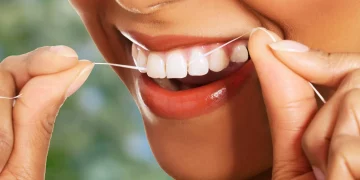



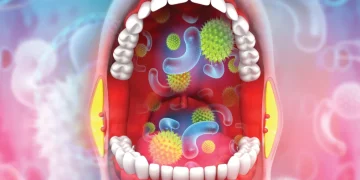
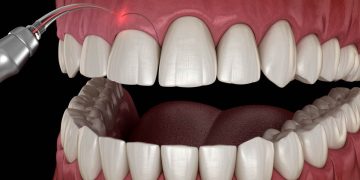
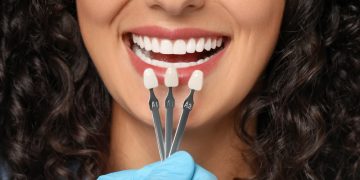


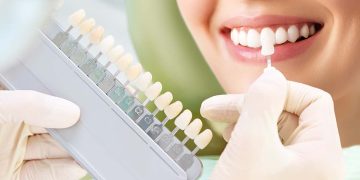
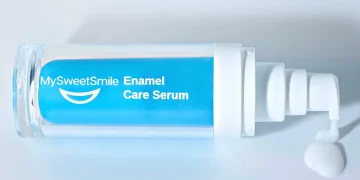












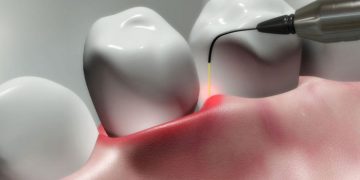


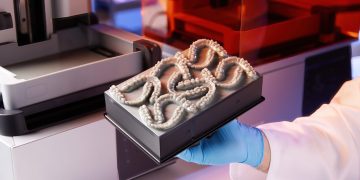

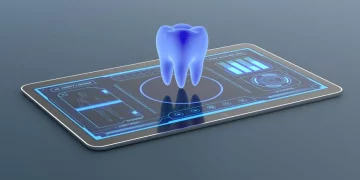














Discussion about this post